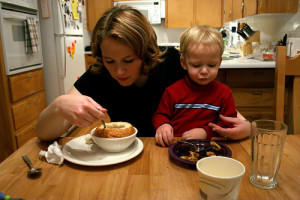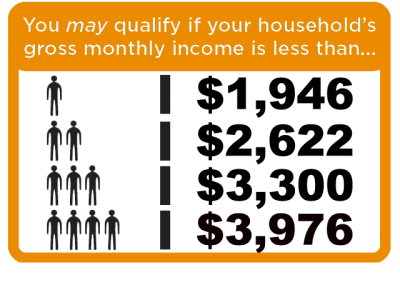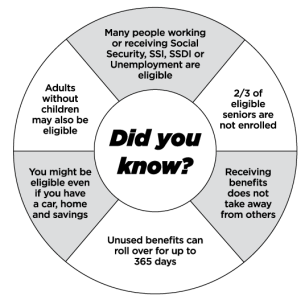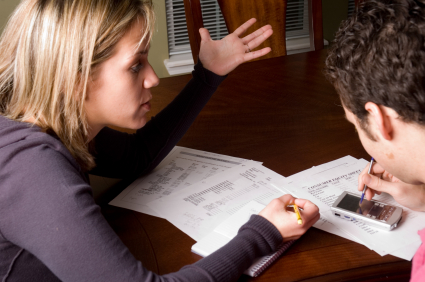Dividing debts during divorce
Debt division is often overlooked during the divorce process. Most couples and divorce attorneys focus on dividing assets rather then liabilities. Before finalizing your divorce we recommend meeting with an attorney who is experienced in resolving and dividing debt.
1 Get Organized: Create a list of all of your secured and unsecured debts. Include balances, interest rates, early payment discounts, tax benefits, and monthly payment amounts. Pull both your credit reports from Experian, Transunion, and Equifax at AnnualCreditReport.com. Don’t assume all your debt will be on your credit report.
2 Credit Freeze: Consider a credit freeze so no additional debt is incurred. Learn how and review FAQs about freezing your credit at the FTC website.
3 Start Dividing: Divide your debts based on advice from your divorce attorney and the factors listed on your debt list.
4 Remove Joint Liability: Insist your spouse refinance all debt in their name and remove any joint liability. They may be able to do this with credit card balance transfers, debt consolidation, and assistance from family co-signors. If they are unable to remove your name from a secured debt insist that the asset be sold to pay off the debt. If they cannot remove your name go back to step three and reconsider the division.
5 Worst Case Scenarios: Talk to your attorney about your options if your spouse files bankruptcy, passes away, or stops paying on any debt remaining with joint liability.
6 Hold Harmless Clauses: Ask your divorce attorney about the positives and negatives of including a hold harmless clause in your divorce agreement.
- Need help? Call 608-829-1112 or email us.
Tags: Bankruptcy, Divorce, Financial Freedom, Mortgage









